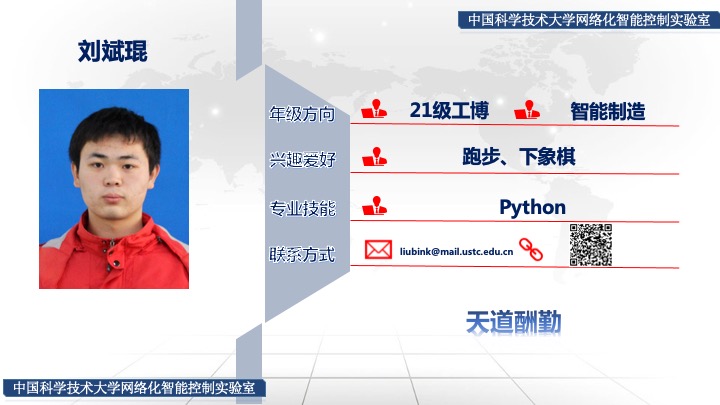锡膏印刷是印刷电路板 (Printed Circuit Board, PCB) 加工的核心工序之一。 由于锡膏印刷机故障和锡膏印刷参数不当,约有 60%至 70%的残次品以及 13% 的生产线故障与锡膏印刷相关。而锡膏印刷异常预警可以为锡膏印刷的维护提 供有效的决策依据,从而避免锡膏印刷异常,因此具有重要的意义。 工业界主要围绕锡膏印刷机中关键部件早期故障预警、关键部件剩余使用 寿命预测以及锡膏印刷参数不当预警来开展锡膏印刷异常预警。目前存在以下 挑战。首先,对于锡膏印刷机中关键部件早期故障预警,存在健康样本含有高噪 声的挑战,已有方法难以准确刻画部件健康模式。其次,对于锡膏印刷机中关键 部件剩余使用寿命预测,存在标签样本难获取、不同退化阶段间状态监测数据 比较相似的挑战,已有方法难以准确刻画退化模式。最后,对于锡膏印刷参数不 当预警,已有方法未考虑 PCB 焊盘分布对锡膏印刷质量的重要影响,导致不能 准确预警锡膏印刷参数不当。 针对上述挑战,利用多维锡膏印刷质量数据以及锡膏印刷机多传感器状态 监测数据,开展基于多维时序数据分析的锡膏印刷异常预警方法研究,与已有方 法相比可以为锡膏印刷的维护提供更有价值的决策依据,从而提高锡膏印刷质 量,降低返修成本。具体研究工作如下: (1)针对健康样本存在高噪声的挑战,提出了一种基于多传感器双重对比的锡 膏印刷关键部件早期故障预警算法,设计了时频对比模块和相关性对比模 块,从两个层面抑制了噪声的不利影响并挖掘健康状态下的通用表示,从 而实现了最佳的早期故障预警效果。具体而言,在时频信息层面,设计了 时频对比模块,利用 Kullback-Leibler (KL) 散度对比健康状态下时频信息, 从而挖掘健康状态下时频信息的通用表示。随后,在多传感器相关性层面, 设计了相关性对比模块,利用 KL 散度对健康状态下多传感器 Pearson 相关 性进行对比,从而有效挖掘健康多传感器相关性的通用表示。结合时频对 比模块和相关性对比模块可以提取关键部件健康状态的通用表示,有效抑 制健康样本中高噪声。以私有的锡膏印刷机减震器数据集、公开的轴承、 齿轮数据集为例验证所提算法。实验结果表明,所提算法取得了最佳的预 警性能。 (2)针对标签样本难获取、不同退化阶段间状态监测数据比较相似的挑战,提 出了一种基于多传感器交替对比的锡膏印刷关键部件剩余使用寿命预测 算法,设计了一种交替对比过程,可以利用跨传感器相似度从丰富的无标 签多传感器数据中挖掘跨传感器不变特征来提高不同退化阶段的特征区分度,从而实现了最佳的剩余使用寿命预测效果。该算法具体来说,使用 Resnet18 将不同传感器的特征映射到共现空间。然后,在共现空间中进行 基于跨传感器相似度的交替对比,从而获得了大量无标签数据的跨传感 器不变特征。最后,利用少量带标签的多传感器数据微调模型,以实现少 量标签数据下的关键部件剩余使用寿命预测。以公开的轴承、齿轮数据集 为例验证所提算法,结果表明,所提算法取得了最佳的剩余使用寿命预测 性能。 (3)考虑到 PCB 焊盘分布对锡膏印刷质量的重要影响,提出了一种基于 PCB 布局图卷积的锡膏印刷参数预警算法,首次将 PCB 上焊盘的分布建模成 图,以捕获 PCB 上焊盘分布对锡膏印刷质量的影响,从而实现了最佳的锡 膏印刷参数不当预警效果。具体来说,由于锡膏印刷质量与 PCB 上焊盘的 分布有关,根据锡膏印刷质量的 Pearson 相关性将焊盘分布转换为图,然 后用相关性阈值修剪图的边,以模拟焊盘的分布。然后为了对时变的锡膏 物理化学性质进行建模,设计基于生产时间的注意力,并重构锡膏印刷质 量时序特征。接下来,由于锡膏印刷质量异常的稀缺性,设计了加权损失 来提高对锡膏印刷质量异常关注。最后,将预测的锡膏印刷质量与锡膏印 刷质量标准进行比较,以预警锡膏印刷参数不当。以私有的锡膏印刷机无 故障情况下 6 天 11365 条锡膏印刷数据为例验证所提算法,所提算法取得 了最佳的锡膏印刷参数不当预警性能。
